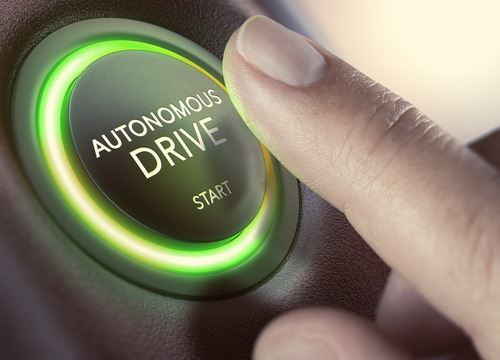
According to a new report by AAA, consumers’ attitudes about automated vehicles may be justified.
In its latest survey, AAA found that drivers want automakers to improve the performance of existing driver support features rather than develop self-driving cars. The survey follows a third round of testing by the automobile organization that found inconsistent performance with driving assistance resulting in crashes with a car and a bicyclist.
AAA urged automakers to listen to its consumers.
“You can’t sell consumers on the future if they don’t trust the present,” said Greg Brannon, director of AAA’s automotive engineering. “And drivers tell us they expect their current driving assistance technology to perform safely all the time. But unfortunately, our testing demonstrates spotty performance is the norm rather than the exception.”
AAA’s Automotive Engineering team tested vehicles with an active driving assistance system and found that they failed to consistently avoid crashes with another car or bicycle during 15 test runs. Using a foam hatchback-like car and a dummy bicyclist, the team found that a head-on collision occurred in all 15 test runs for an oncoming vehicle. Only one test vehicle significantly reduced its speed before the crash on each run.
The testing team also found that a collision occurred when a cyclist crossed the travel lane in five out of 15 test runs (33 percent of the time).
However, no collisions occurred when a slow lead vehicle moved in the same direction in the lane ahead or when a cyclist was traveling in the same direction in the lane ahead of the test vehicle.
The test results, AAA said, reinforce their research calling for direct driver monitoring systems with camera-based technology to be integrated into active driving assistance systems.
Consumers, the survey found, said they are more interested in improved vehicle safety systems (77percent) versus self-driving cars (18 percent).
“While it may be encouraging that these driving systems successfully spotted slow-moving cars and bicyclists in the same lane, the failure to spot a crossing bike rider or an oncoming vehicle is alarming,” said Brannon. “A head-on crash is the deadliest kind, and these systems should be optimized for the situations where they can help the most.”